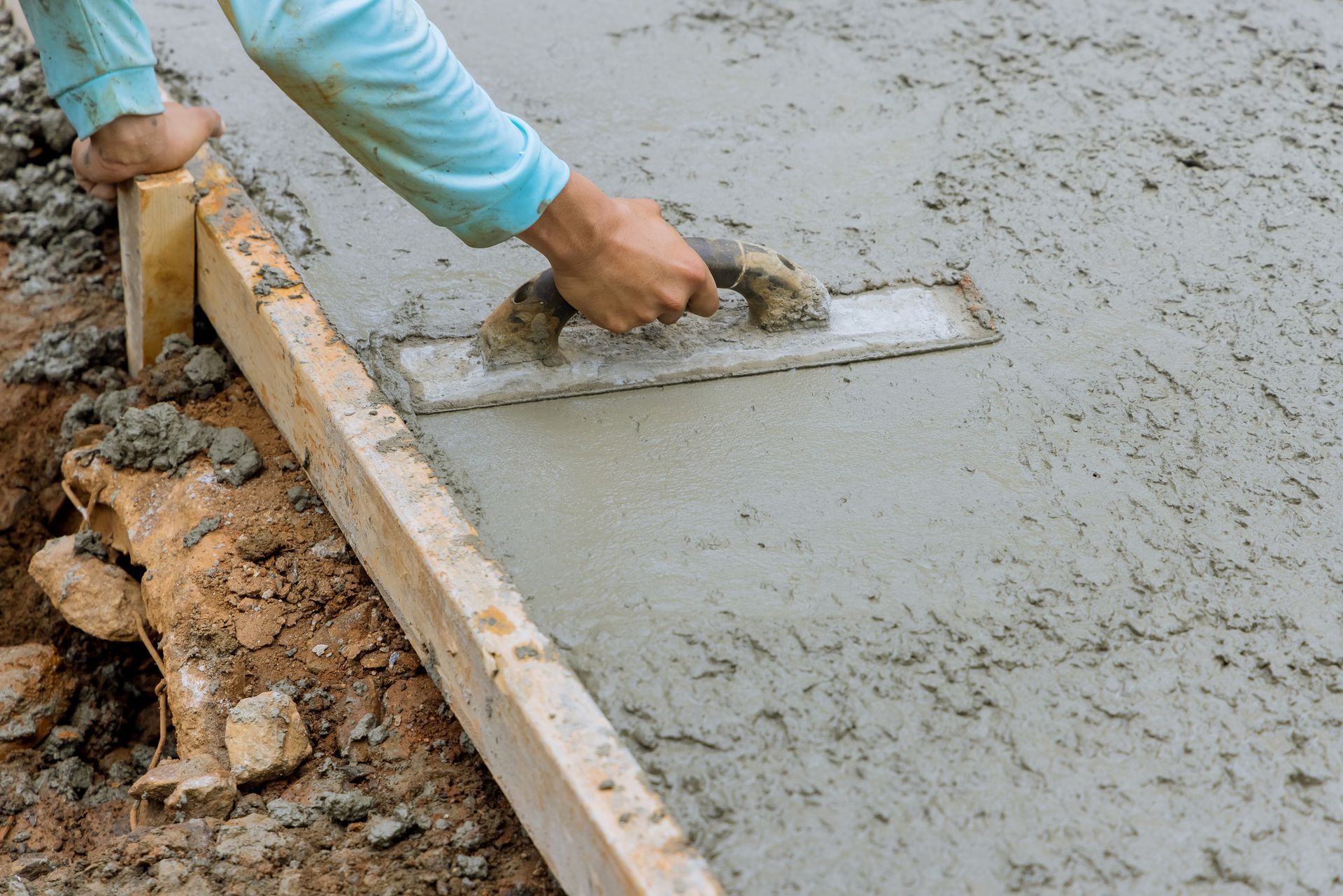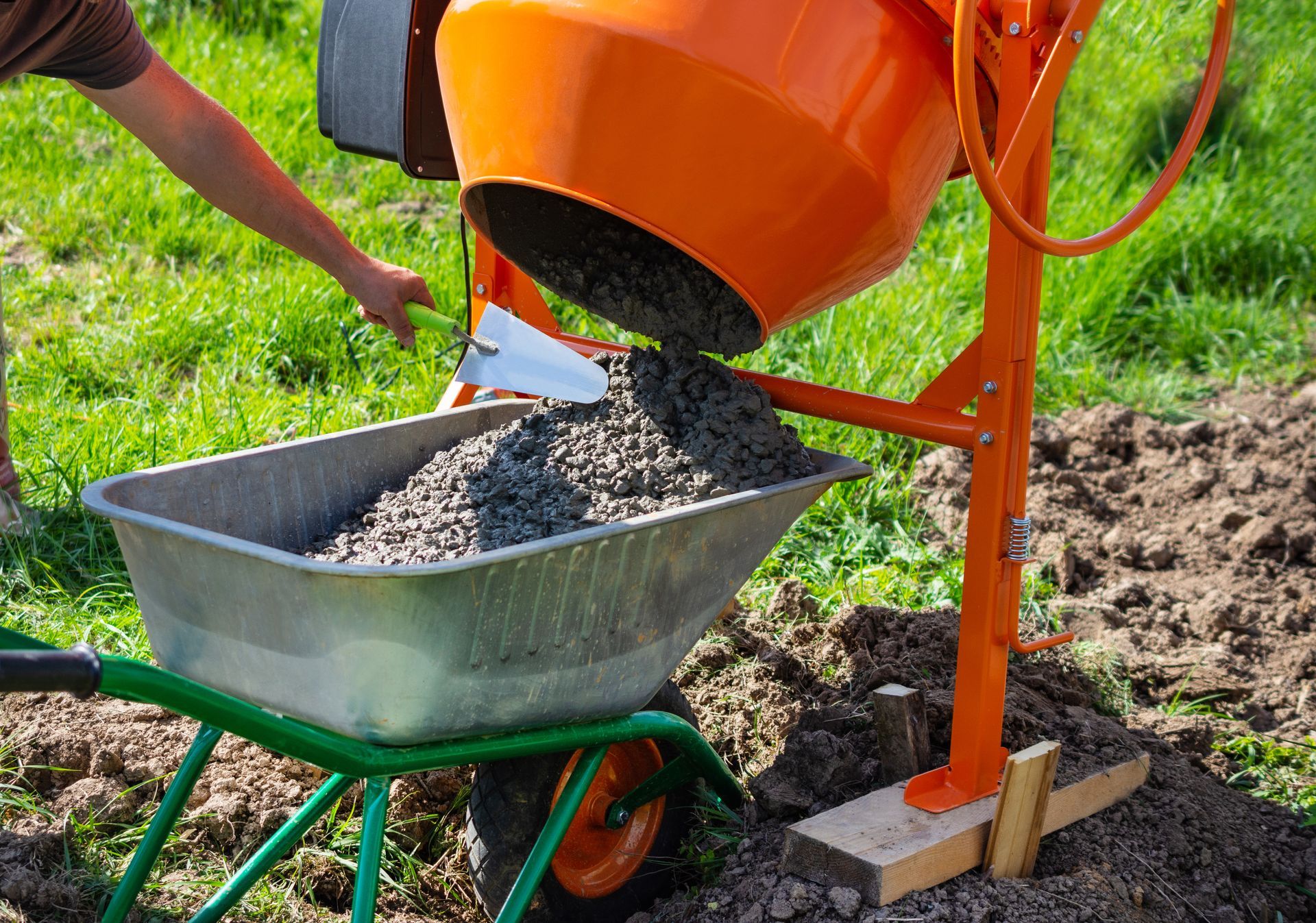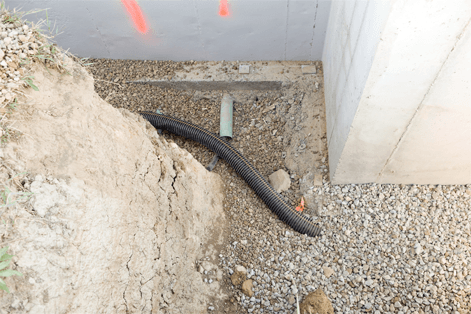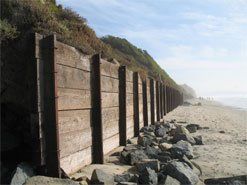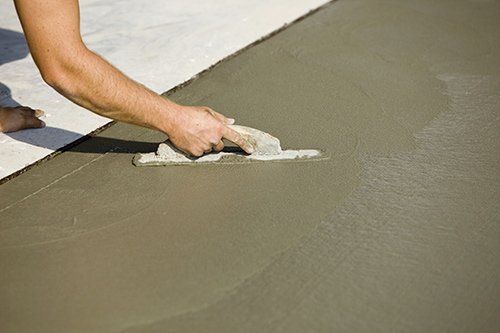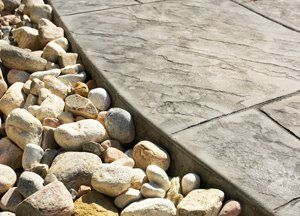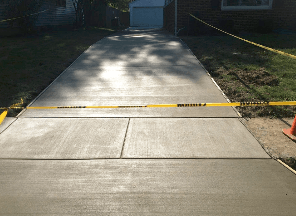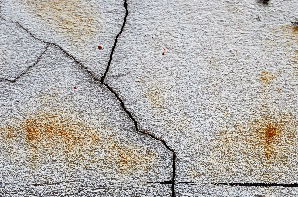WHY IS PRESTRESSED CONCRETE STRONGER THAN PLAIN REINFORCED CONCRETE?
Southport Concrete Corp. • July 20, 2018
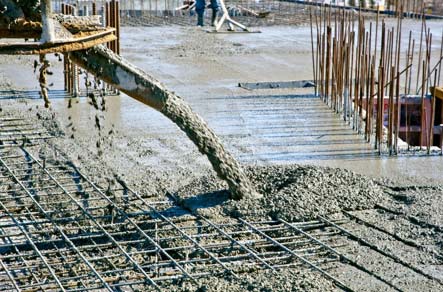
When it comes to building a commercial building that can handle the stresses of time and storms alike, it's easy to get overwhelmed with the various materials and the differences between similar sounding options. Concrete is certainly a very strong building material, but some forms of concrete are even stronger than others.
Prestressed concrete is one of the strongest options, and you should understand a few simple principles behind all that strength before choosing it for your commercial building.
Concrete's Innate Weaknesses
All of the world's strongest building materials, including steel and concrete, have specific types of forces that they're still weak against. For example, you can press downward on a slab of concrete without damaging it until thousands of pounds of pressure are exerted in a small area. However, pulling on a piece of concrete will damage it at a far lower amount of force.
Pressing on concrete is known as a compressive force, while pulling or bending the concrete is known as exerting a tensile force. Concrete just isn't as strong against tensile forces, so reinforcements are used to counter these natural weaknesses.
Each type of reinforcement is designed to combat a specific type of stress, and prestressing the concrete makes it particularly resistant to tensile forces. This fact is why prestressed concrete is most commonly used on suspension bridges where metal cables are constantly pulling on the concrete, but it can be used in buildings as well for more secure foundations, pilings, and weight bearing walls.
General Reinforcements
Not all reinforced concrete is prestressed. Inserting the metal rods known as rebar into concrete as it's being poured is the most common form of reinforcement, along with the use of sheets of metal mesh. Steel bars and mesh are used because steel has high tensile strength, so the forces are transferred to the metal buried within.
Fiber-based and chemical additives can also greatly increase the concrete's strength, both in general and against specific forces. Yet none of these methods are quite as strong as prestressing.
Prestressed Concrete Concepts
The prestressing process goes a step beyond just combining concrete and steel and relies on two of their other attributes. First, concrete gets stronger from being compressed and forced together. Second, steel is similarly stronger when it is stretched and attempting to return to its normal length. These two concepts are combined in the manufacturing process, which consists of
- Stretching large steel cables to a certain level of tension between sets of supports
- Pouring concrete into a mold around the stretched cables
- Curing the concrete with the cables still under tension
- Cutting the cables loose so that they begin pulling back together and pressing the concrete at the same time.
This process creates a tremendous amount of stress inside the piece of concrete, but it's the kind of stress that both concrete and steel are both best at handling. The internal stress is used to balance out the forces pressing on the concrete. For example, stretching cables just at the bottom of a slab pushes the tension upward and makes the concrete want to bend. If there's a strong force pressing downward against it, the two balance out rather than damaging the concrete.
Prestressed concrete isn't necessary for every commercial project, but it can help you create structures that you didn't think were possible with concrete. These pre-cast pieces can be fit together like a jigsaw to create curves, columns, arches, and other structural shapes that are often tricky to make with reinforced concrete alone. Give us the details about your project and we here at Southport Concrete Corp can help you decide if it's the right material for your building.
